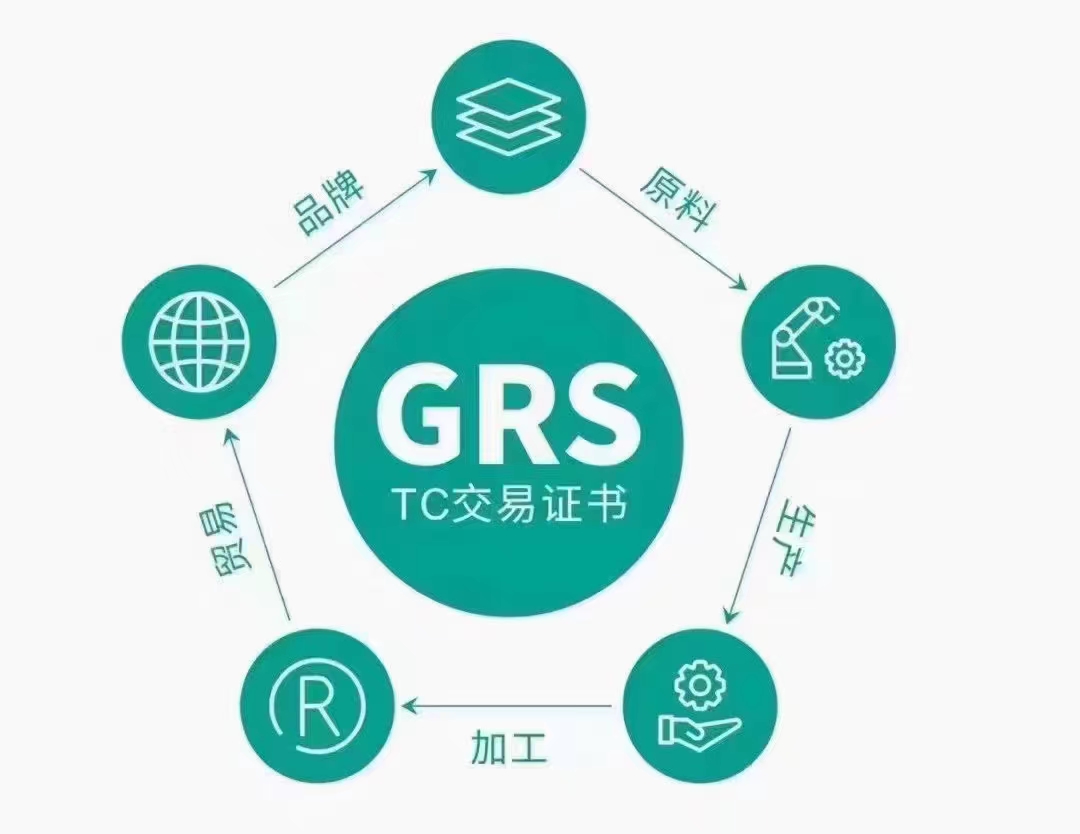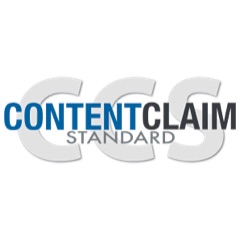GOTS认证辅导-GOTS要求的危害风险量化评估与政策体系审核解析
GOTS Section 4.1.1 (ii)
GOTS第4.1.1节(ii)款
“The Certified Entity shall identify actual or potential adverse impacts associated with the Certified Entity’s operation.”
“被认证实体应识别与被认证实体经营相关的实际或潜在不利影响。”
GUIDANCE
指南
1. The Certified Entity scopes the risk of harm in its own operations and in its supply chain.
1. 被认证实体划分其自身经营和供应链中的危害风险范围。
• The Certified Entity conducts scoping exercises with a particular view on risks of non-compliance with GOTS Chemical Input Criteria, GOTS Environmental Criteria, GOTS Human Rights and Social Criteria and GOTS Governance Criteria. The scoping exercise shall take into account:
• 被认证实体对不遵守GOTS化学品投入物准则、GOTS环境准则、GOTS人权和社会责任准则以及GOTS治理标准的风险进行范围界定。。范围界定工作应考虑:
o a risk that may be specific to the products that the Certified Entity makes or sells,
o 可能是被认证实体制造或销售产品特有的风险,
o specific factors of the countries of its operation,
o 其经营所在国家的具体因素,
o factors that may be specific to the Certified Entity’s sourcing model,
o 可能与被认证实体采购模式相关的因素,
o components of the Certified Entity’s business model that may increase the likelihood or scope of risks in its supply chain.
o 被认证实体商业模式中可能提高其供应链风险可能性或风险范围的组成部分。
• The Certified Entity determines which risks of harm are most significant in its own operations and in its supply chain and prioritises those for action.
• 被认证实体确定其自身经营、供应链和行动优先事项中的最重大的危害风险。
• The Certified Entity documents the scoping exercise.
• 被认证实体记录范围界定工作。
• The Certified Entity consults with stakeholders and experts concerning matters which require additional information.
• 被认证实体咨询相关利益者和专家关于哪些事项须额外提供信息的意见。
• The Certified Entity reviews the findings of the scoping assessment on a semi-regular basis.
• 被认证实体以半定期形式审核范围界定评估结果。
• The Certified Entity continually updates the information, feeding into its understanding of the risks of harm and accounts for changing circumstances.
• 被认证实体持续更新信息,同时提供其对危害风险的理解并解释不断变更的情况。
2. The Certified Entity conducts a self-assessment of its own operations.
2. 被认证实体对其自身的经营开展自我评估。
• The Certified Entity performs a self-assessment of its own operations to determine the extent of risks and actual impact.
• 被认证实体对其自身经营开展自我评估,以确定风险范围及其实际影响。
• The Certified Entity follows GOTS Criteria and other existing credible guidance for employers when assessing for risk of harm in its own operations.
• 被认证实体评估自身经营中的危害风险时,遵循GOTS准则以及其它现有的关于雇主的可靠准则。
• The Certified Entity engages with potentially affected stakeholders (workers, trade unions and representative organisations) to identify potential and actual harm in its own operations.
• 被认证实体协同很有可能受到影响的利益相关者(工人、工会和代表机构)识别其自身经营中可能和实际存在的危害。
• The Certified Entity reviews its policies and systems to assess the extent to which risks are being prevented or mitigated.
• 被认证实体审核自身政策和体系,评估目前预防或减轻风险的程度。
• The Certified Entity seeks external support to conduct a self-assessment if the impact may cause severe harm if not prevented, and the prevention measures require technical expertise not available in-house.
• 如果在未预防的情况下影响可能造成严重损害,被认证实体则须寻求外部支持开展自我评估,并且预防措施须征求内部无法获得的技术专家意见。
3. The Certified Entity assesses suppliers associated with high risk for harm at the site level.
3. 被认证实体评估与现场高危害风险相关的供应商。
• The Certified Entity assesses suppliers associated with a higher risk of those harms prioritised during the scoping exercise at the site level. For these purposes, the Certified Entity should select suppliers based on the severity and likelihood of the risk of harm, not their position in the supply chain. The following considerations should be taken into account when identifying the supplier for such an assessment:
• 被认证实体评估实施范围界定工作期间与现场较高优先级危害风险相关的供应商。因此,被认证实体宜根据危害风险的严重性和可能性而非供应商在供应链中所处的位置选择供应商。在上述评估中识别供应商时,宜考虑以下因素:
o the country of operation with specific risks,
o 附带特定风险的经营所在国家,
o production processes with specific risks (e.g. wet-processing is a high risk for hazardous chemicals),
o 附带特定风险的生产过程(例如:湿加工对于危险化学品而言则存在高风险),
o harms or risks of harm identified in previous supplier assessment.
o 之前的供应商评估中识别的危害或危害风险。
• Where severe risks are linked to upstream processes (e.g. cotton growing), the Certified Entity seeks assurances that the prioritised suppliers upstream are being assessed.
• 如果严重风险与上游过程(例如:棉花种植)有关,被认证实体则应保证优先评估上游供应商。
• The Certified Entity conducts supplier assessments when there are information gaps or the context has likely changed.
• 当存在信息差或环境很有可能已经发生变化时,被认证实体开展供应商评估。
• The Certified Entity assesses:
• 被认证实体评估:
o the measures that the supplier has implemented to prevent harm,
o 供应商为预防危害而实施的措施,
o the actual harm on the ground and risks of harm,
o 实际危害以及危害风险,
o the extent to which the workers are aware of their rights, in particular about their human and labour rights,
o 工人对其所享权利,尤其是人权和劳动权的了解程度,
o whether the supplier has established an operational-level grievance mechanism and whether it is effective,
o 供应商是否建立了经营层面的申诉机制,该机制是否有效,
• The extent and nature of the assessment correspond to the potential risks and is adapted to the local context. For labour and human rights issues, workers are involved in designing assessments.
• 评估范围和性质与潜在风险一致,适合当地环境。关于劳动权和人权问题,工人参与设计评估。
• In case of discrepancies between actual findings and expected findings Certified Entity should adjust the assessment methodology.
• 如果实际调查结果与预期调查结果不一致,被认证实体则应该调整评估方法。
• Persons conducting the assessment should know the local context and national and international standards related to the adverse impact.
• 开展评估者应该了解当地情况以及与负面影响相关的国家和国际标准。
4. The Certified Entity assesses its relationship to impacts.
4. 被认证实体评估其与影响的关系。
• The Certified Entity makes good faith efforts to understand whether it has caused, contributed to, or is linked to its identified impacts.
• 被认证实体以诚实守信为原则,努力了解其是否已导致、促成其识别的影响或是否与该等影响存在关联。
• The Certified Entity takes immediate actions to top existing impacts.
• 被认证实体立即采取措施消除现有影响。





























 18576401396
18576401396 




